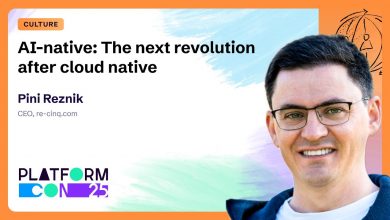Building an Integrated DevOps Toolchain
An integrated toolchain plays a vital role in streamlining the development process and accelerating the delivery of high-quality software products.
 In the fast-paced world of software development, efficiency and speed are crucial for staying competitive.
In the fast-paced world of software development, efficiency and speed are crucial for staying competitive.
An integrated toolchain plays a vital role in streamlining the development process and accelerating the delivery of high-quality software products.
A DevOps toolchain consists of the technology and tools that enable development as well as operations teams to work together throughout the whole software lifecycle. A toolchain’s components typically operate one after the other, with the output of one tool acting as the input for the subsequent one.
The DevOps Institute explains why it is necessary, stating it’s essential to understand the flow of work across the value stream from the idea to software deployment and ensure that we set up feedback loops until the customer or the user realizes the business value.
Benefits of an Integrated Toolchain
- Seamless Collaboration: An integrated toolchain allows developers, testers, and other stakeholders to work together seamlessly, promoting collaboration and communication.
- Automated Workflows: By integrating various tools and processes, an integrated toolchain automates repetitive tasks, reducing manual errors and saving time.
- Consistent Development Environment: With an integrated toolchain, developers can work in a consistent environment, ensuring uniformity across the development lifecycle.
- Continuous Integration and Delivery: An integrated toolchain enables continuous integration and delivery, facilitating rapid feedback loops and faster deployment of code changes.
- Enhanced Visibility and Traceability: Through integrated tools, teams gain better visibility into the development process, enhancing traceability and accountability.
Components of an Integrated Toolchain
- Integrated Development Environment (IDE): A comprehensive IDE brings together coding, debugging, and testing tools in a unified interface.
- Version Control System: A version control system like Git ensures that code changes are tracked, managed, and integrated smoothly.
- Build Automation Tools: Tools like Jenkins automate the build process, enabling continuous integration and deployment.
- Testing Frameworks: Integration with testing frameworks like JUnit or Selenium ensures efficient testing of code changes.
- Deployment Tools: Tools like Docker or Kubernetes facilitate the deployment of applications in various environments.
Conclusion
By leveraging an integrated toolchain, software development teams can enhance productivity, reduce time-to-market, and deliver high-quality software solutions efficiently. The seamless integration of tools and processes streamlines the development lifecycle, enabling teams to focus on innovation and value creation. Embracing an integrated toolchain is essential for achieving a faster flow of software development in today’s competitive landscape.



